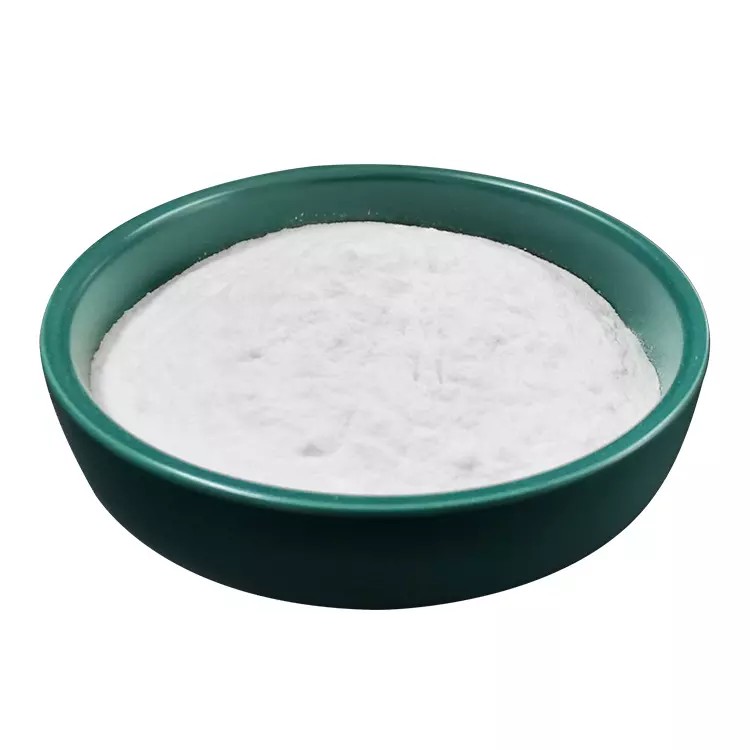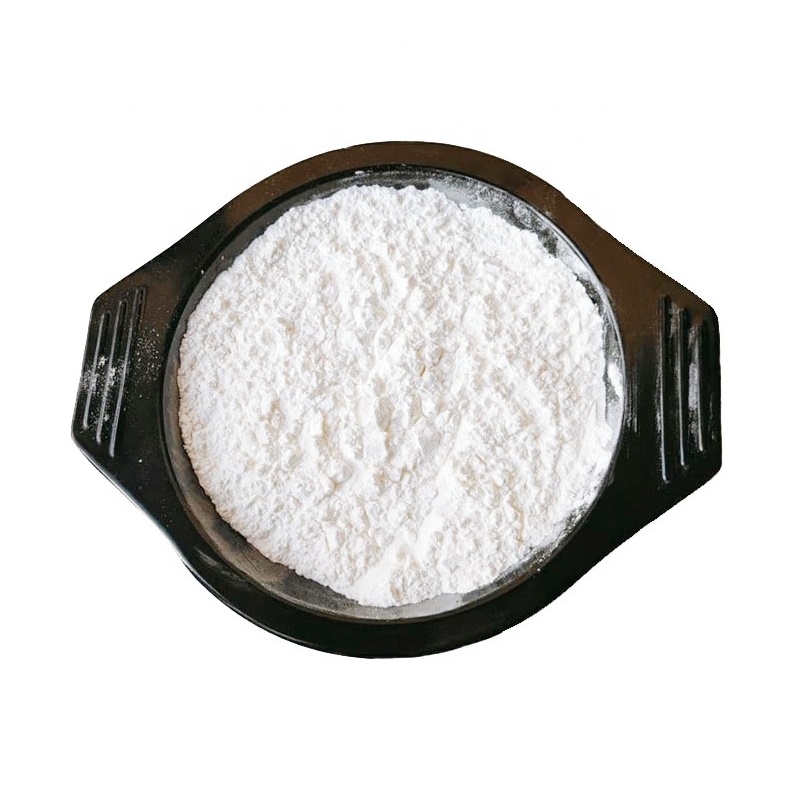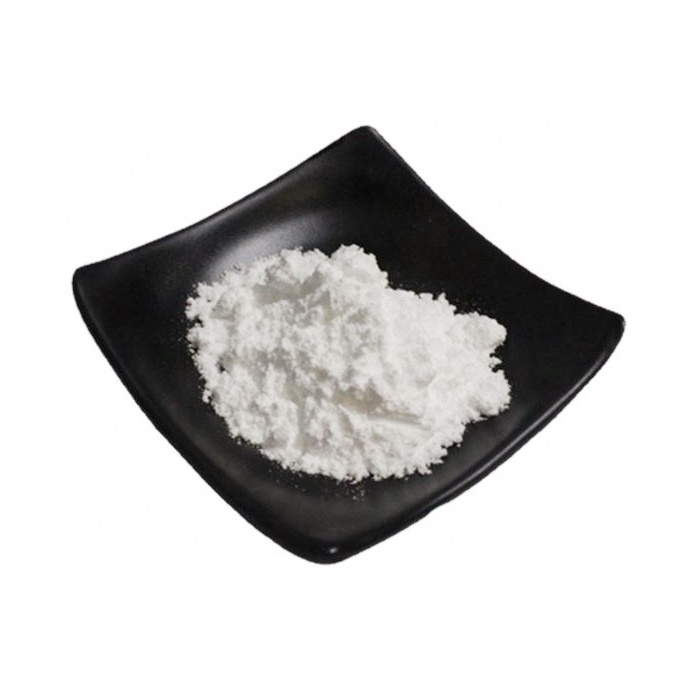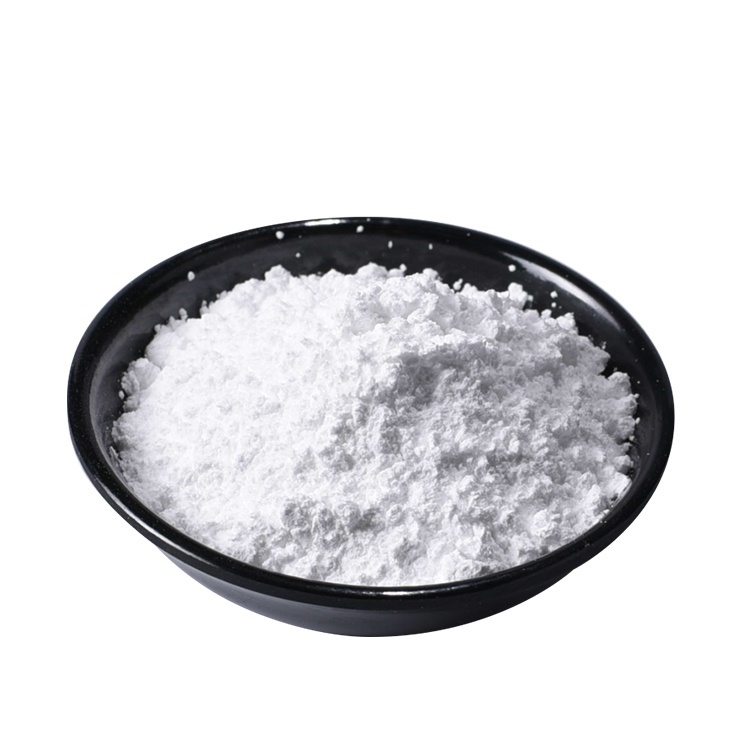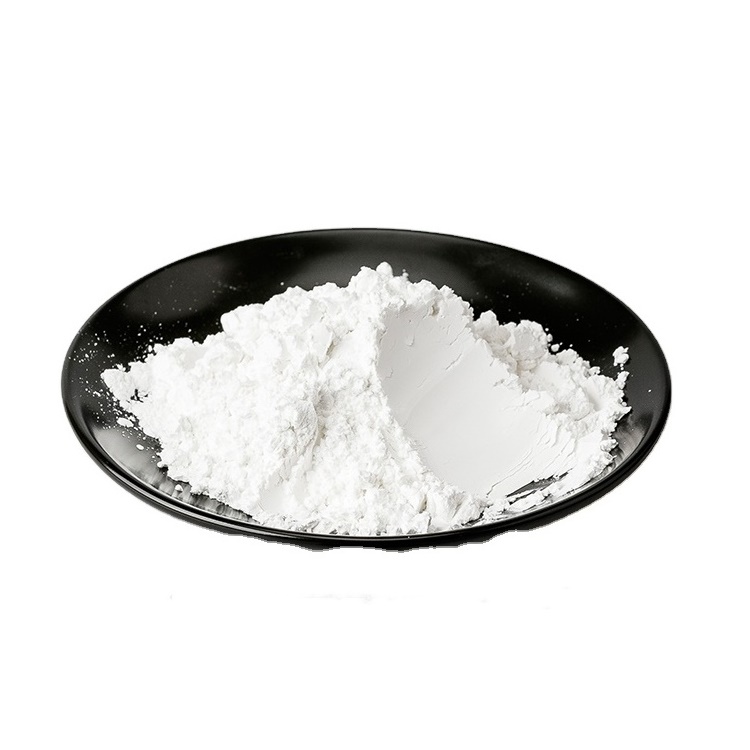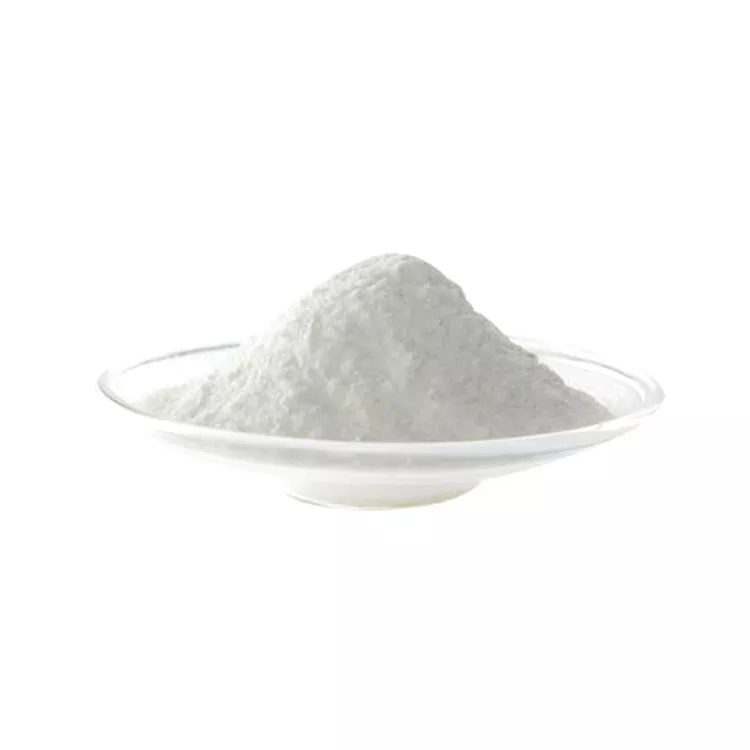

thiosemicarbazide CAS 79-19-6
——————
CAS number : 79-19-6
molecular formula : CH5N3S
EINECS : 201-184-7
——————
Email : info@deshangchem.com
Mobile : +86-13153039501
TEL : +86-531-88752665
CAS number:79-19-6
molecular formula:CH5N3S
molecular weight:91.14
EINECS number:201-184-7
English synonyms
TSC;THIOCARBAMOYL HYDRAZIDE;n-aminothiourea;3-thiosemicarbazide;AKOS BBS-00004328;LABOTEST-BB LT01593682;HYDRAZINECARBOTHIOAMIDE;Calcineurin B homologous protein 3
Related categories
Chemical pesticide raw materials; thiocarbonyl compounds; thiourea; biochemical reagents; solids; pharmaceutical products; microorganisms; pharmaceutical raw materials; carbamate pesticides; pesticide intermediates; pesticide intermediates; organic intermediates; other inorganic organic building blocks; other chemical reagents; pharmaceutical intermediates; intermediates; raw material intermediates - raw materials; organic chemical raw materials; medical raw materials; pesticide raw materials; medical raw materials;
Pharmaceutical Intermediates;organic sulfide;Pharmaceutical intermediate;Building Blocks;Chemical Synthesis;Organic Building Blocks;Sulfur Compounds;Thiocarbonyl Compounds;Indolines ,Indoles;
Raw materials; chemical raw materials-1827181813; pesticide raw materials; pharmaceutical, pesticide and dye intermediates; organic reagents; daily chemicals;
Melting point | 180-183 °C (dec.)(lit.) |
| Boiling point | 208.6±23.0 °C(Predicted) |
| Density | 1.221 (estimate) |
| Vapor Pressure | 1.15Pa at 25℃ |
| Refractive index | 1.5800 (estimate) |
| Storage conditions | Store at +15°C to +25°C. |
| Acidity coefficient(pKa) | pK1:1.5(+1) (25°C,μ=0.1) |
| Shape | Powder |
| Color | White to light yellow |
| PH value | 5-7 (50g/l, H2O, 20℃) |
| Water solubility | soluble |
Merck | 14,9361 |
BRN | 506320 |
| Stability | Stable. Incompatible with strong oxidizing agents. |
InChIKey | BRWIZMBXBAOCCF-UHFFFAOYSA-N |
LogP | -1.67 |
| CAS database | 79-19-6(CAS DataBase Reference) |
White crystal or white crystalline powder. Soluble in water and ethanol.
● Used in the synthesis of anti-tuberculosis drugs thiosemicarbazide and sulfa drugs, as pesticide intermediates, rubber additives, synthetic resin additives and analytical reagents, etc.
● Thiosemicarbazide, also known as thiosemicarbazide, is an intermediate for the preparation of carbamate insecticide thiamicarb, thiadiazole fungicides and rodenticides, and can also be used to synthesize anti-tuberculosis drugs thiosemicarbazide and sulfa drugs , rubber additives and synthetic resin additives, etc. It can also be used as an analytical reagent for the quantification of chromium and the identification of aldehydes and ketones.
● Thiosemicarbazide is an important intermediate in organic synthesis, and is often used in the synthesis of 2-substituted hydrazino-4-substituted thiazole antibiotics, such as Nifurthiazole and the antiviral drug Ftibamzone.
● Used as an analytical reagent for the quantitative determination of chromium and the identification of aldehydes and ketones; as a complexing agent for copper
● Copper complexing agent. Precipitating agent for the determination of chromium. Reagents for the determination of certain metals and sugars, aldehydes, and ketones. Rat poison preparation. This product is an intermediate of organic synthesis, used in the synthesis of anti-tuberculosis drugs thiosemicarbazide and sulfa drugs, and rodenticide. It can also be used as an analytical reagent for the quantification of chromium and the identification of aldehydes and ketones. In addition, this product is also used as pesticide intermediates, rubber additives and synthetic resin additives.
● used as analytical reagent
● Thiosemicarbazide is prepared from hydrazine hydrate and ammonium thiocyanate with acetaldehyde as a catalyst. See the reaction equation: 2H2NNH2·H2O+H2SO4→(H2NNH2)2·H2SO4+2H2O
(H2NNH2)2·H2SO4+2NH4SCN→2H2NNH2·HSCN+(NH4)2SO4
First put a certain amount of hydrazine hydrate into a three-necked flask, cool it with water, slowly add a certain concentration of sulfuric acid under stirring, keep the temperature below 40°C, and control the pH=4~5 as the end point to obtain hydrazine sulfate. Then add ammonium thiocyanate, stir, add a certain amount of acetaldehyde (or acetone) at 30 ° C, and then transfer the reactant to a beaker while it is hot, place it at room temperature for 4 hours, precipitate crystals, filter, wash with water, and dry. Finished products, the yield is over 80%.
In addition, it can also be prepared by heating reaction of thiourea and hydrazine hydrate as raw materials.
● 1. Prepared by heating reaction with thiourea and hydrazine hydrate as raw materials. 2. Prepare hydrazine sulfate from hydrazine hydrate and sulfuric acid, react with ammonium thiocyanate to generate hydrazine thiocyanate, and then react with acetaldehyde to obtain thiosemicarbazide by hydrolysis.
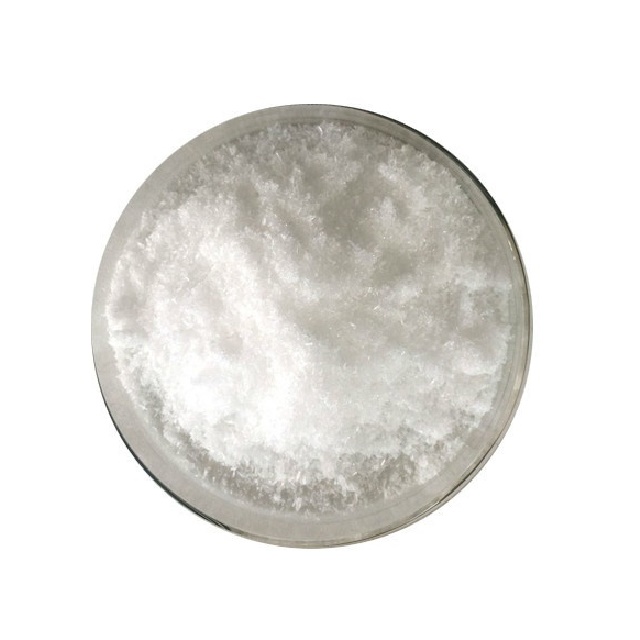
thiosemicarbazide CAS 79-19-6
CAS number:79-19-6
molecular formula:CH5N3S
molecular weight:91.14
EINECS number:201-184-7
English synonyms
TSC;THIOCARBAMOYL HYDRAZIDE;n-aminothiourea;3-thiosemicarbazide;AKOS BBS-00004328;LABOTEST-BB LT01593682;HYDRAZINECARBOTHIOAMIDE;Calcineurin B homologous protein 3
Related categories
Chemical pesticide raw materials; thiocarbonyl compounds; thiourea; biochemical reagents; solids; pharmaceutical products; microorganisms; pharmaceutical raw materials; carbamate pesticides; pesticide intermediates; pesticide intermediates; organic intermediates; other inorganic organic building blocks; other chemical reagents; pharmaceutical intermediates; intermediates; raw material intermediates - raw materials; organic chemical raw materials; medical raw materials; pesticide raw materials; medical raw materials;
Pharmaceutical Intermediates;organic sulfide;Pharmaceutical intermediate;Building Blocks;Chemical Synthesis;Organic Building Blocks;Sulfur Compounds;Thiocarbonyl Compounds;Indolines ,Indoles;
Raw materials; chemical raw materials-1827181813; pesticide raw materials; pharmaceutical, pesticide and dye intermediates; organic reagents; daily chemicals;
Melting point | 180-183 °C (dec.)(lit.) |
| Boiling point | 208.6±23.0 °C(Predicted) |
| Density | 1.221 (estimate) |
| Vapor Pressure | 1.15Pa at 25℃ |
| Refractive index | 1.5800 (estimate) |
| Storage conditions | Store at +15°C to +25°C. |
| Acidity coefficient(pKa) | pK1:1.5(+1) (25°C,μ=0.1) |
| Shape | Powder |
| Color | White to light yellow |
| PH value | 5-7 (50g/l, H2O, 20℃) |
| Water solubility | soluble |
Merck | 14,9361 |
BRN | 506320 |
| Stability | Stable. Incompatible with strong oxidizing agents. |
InChIKey | BRWIZMBXBAOCCF-UHFFFAOYSA-N |
LogP | -1.67 |
| CAS database | 79-19-6(CAS DataBase Reference) |
White crystal or white crystalline powder. Soluble in water and ethanol.
● Used in the synthesis of anti-tuberculosis drugs thiosemicarbazide and sulfa drugs, as pesticide intermediates, rubber additives, synthetic resin additives and analytical reagents, etc.
● Thiosemicarbazide, also known as thiosemicarbazide, is an intermediate for the preparation of carbamate insecticide thiamicarb, thiadiazole fungicides and rodenticides, and can also be used to synthesize anti-tuberculosis drugs thiosemicarbazide and sulfa drugs , rubber additives and synthetic resin additives, etc. It can also be used as an analytical reagent for the quantification of chromium and the identification of aldehydes and ketones.
● Thiosemicarbazide is an important intermediate in organic synthesis, and is often used in the synthesis of 2-substituted hydrazino-4-substituted thiazole antibiotics, such as Nifurthiazole and the antiviral drug Ftibamzone.
● Used as an analytical reagent for the quantitative determination of chromium and the identification of aldehydes and ketones; as a complexing agent for copper
● Copper complexing agent. Precipitating agent for the determination of chromium. Reagents for the determination of certain metals and sugars, aldehydes, and ketones. Rat poison preparation. This product is an intermediate of organic synthesis, used in the synthesis of anti-tuberculosis drugs thiosemicarbazide and sulfa drugs, and rodenticide. It can also be used as an analytical reagent for the quantification of chromium and the identification of aldehydes and ketones. In addition, this product is also used as pesticide intermediates, rubber additives and synthetic resin additives.
● used as analytical reagent
● Thiosemicarbazide is prepared from hydrazine hydrate and ammonium thiocyanate with acetaldehyde as a catalyst. See the reaction equation: 2H2NNH2·H2O+H2SO4→(H2NNH2)2·H2SO4+2H2O
(H2NNH2)2·H2SO4+2NH4SCN→2H2NNH2·HSCN+(NH4)2SO4
First put a certain amount of hydrazine hydrate into a three-necked flask, cool it with water, slowly add a certain concentration of sulfuric acid under stirring, keep the temperature below 40°C, and control the pH=4~5 as the end point to obtain hydrazine sulfate. Then add ammonium thiocyanate, stir, add a certain amount of acetaldehyde (or acetone) at 30 ° C, and then transfer the reactant to a beaker while it is hot, place it at room temperature for 4 hours, precipitate crystals, filter, wash with water, and dry. Finished products, the yield is over 80%.
In addition, it can also be prepared by heating reaction of thiourea and hydrazine hydrate as raw materials.
● 1. Prepared by heating reaction with thiourea and hydrazine hydrate as raw materials. 2. Prepare hydrazine sulfate from hydrazine hydrate and sulfuric acid, react with ammonium thiocyanate to generate hydrazine thiocyanate, and then react with acetaldehyde to obtain thiosemicarbazide by hydrolysis.
Team Presentation

